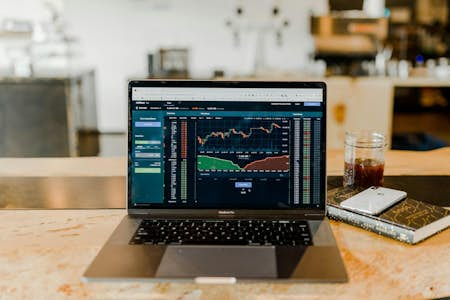The Office of National Statistics (ONS) reported that the UK’s inflation rate has increased from 0.5% in September to 0.7% in October. However, it remains at a historically low level.
Analysts believe that the increase in inflation is mainly due to clothing prices returning to their typical seasonal pattern following the economic disruption over the past few months.
Though the ONS had expected the rate of inflation to remain flat at 0.5%, the year 2020 has shown unusual consumption patterns.
For example, the prices for clothing and shoes usually decrease in the summer months before autumn ranges are revealed, following which they slightly increase before the end-of-year sales. However, this year, increased discounting was observed earlier in the year, ostensibly as a response to reduced shopper interest during the pandemic. Now, prices for clothing have increased by 2.8% between September and October, compared to a 0.9% growth between the same period last year,
Other sectors that saw an increase in prices were second-hand cars and computer games. An increasing number of people have turned to purchasing second-hand cars to reduce their reliance on public transport in these uncertain times. Additionally, computer games and other digital forms of entertainment have become popular during the pandemic, leading to their increased consumption.
However, the decreasing prices of energy and travel offset the increase in prices observed in these sectors to some extent. The most considerable downward pressure on inflation was seen in the energy sector, with gas prices falling by as much as 12.3% from September to October. Electricity prices also reduced by 3.2% during this period. Analysts have attributed this decrease to a recent regulation by Ofgem that dictates a six-month energy price cap, which came into effect in October.
Food prices also increased in October, with fruits and vegetables becoming more expensive. A Reuters survey of customers suggested that produce stockpiling ahead of second nationwide lockdown may have led people to spend more in their supermarkets than usual.
The rate of inflation has been on a downward trajectory over the past two years, accelerating further as a result of the economic fallout of the pandemic. The unemployment rate continues to climb, despite businesses reopening over the autumn, and the gross domestic product is still 9.7% smaller than in the last quarter of 2019.
Economists have predicted that inflation is likely to remain low in the coming months, despite exceeding expectations this month.
Debapratim De, senior economist at advisory firm Deloitte, said, “October’s inflation figures have come in slightly above expectations. Yet they reflect a disinflationary environment, given the current backdrop of weak wage growth, rising unemployment and abundant spare capacity.”
Economists believe that prices should begin to return to their normal patterns once the widely-touted coronavirus vaccine becomes more freely available.





